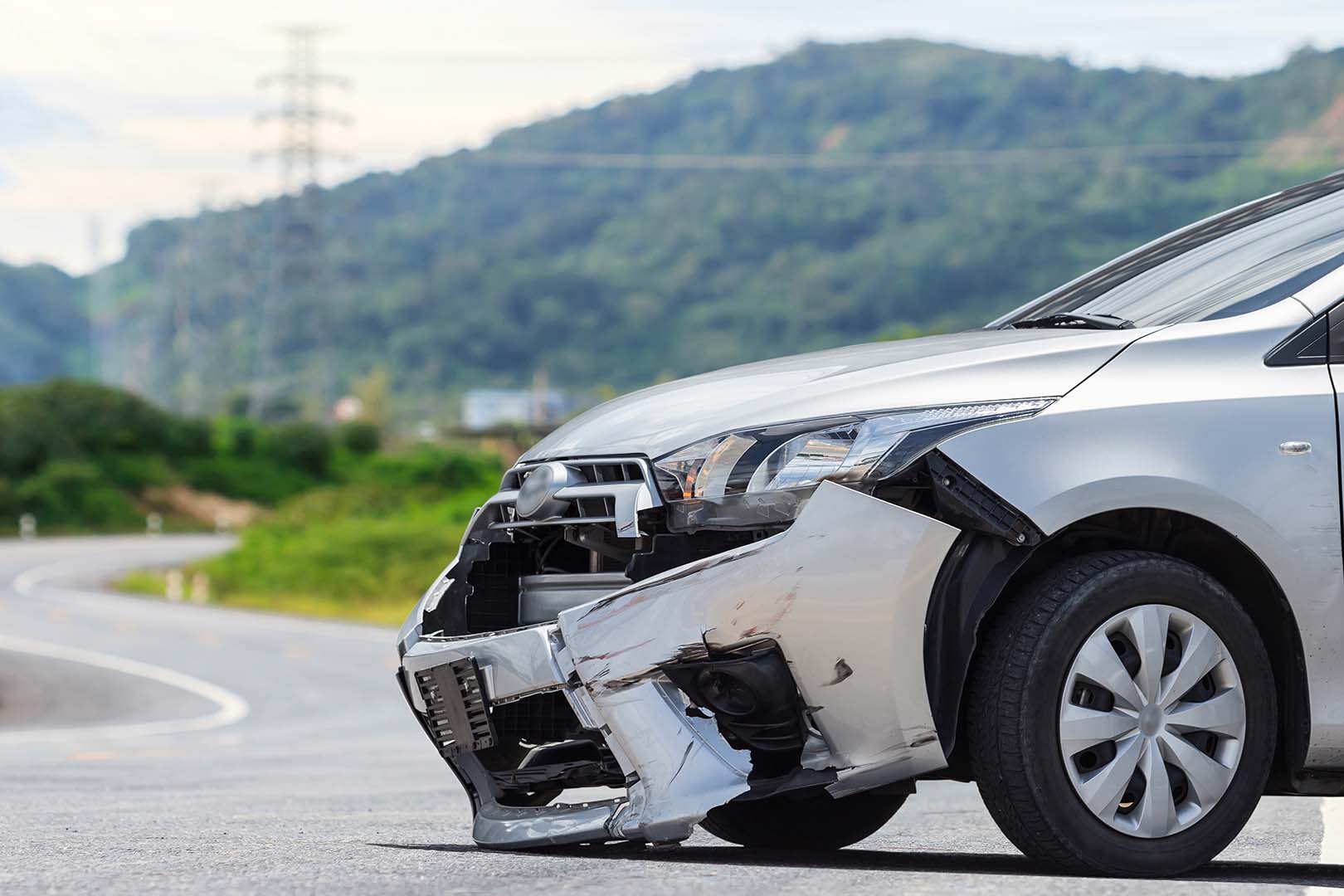Motor Vehicle Accidents
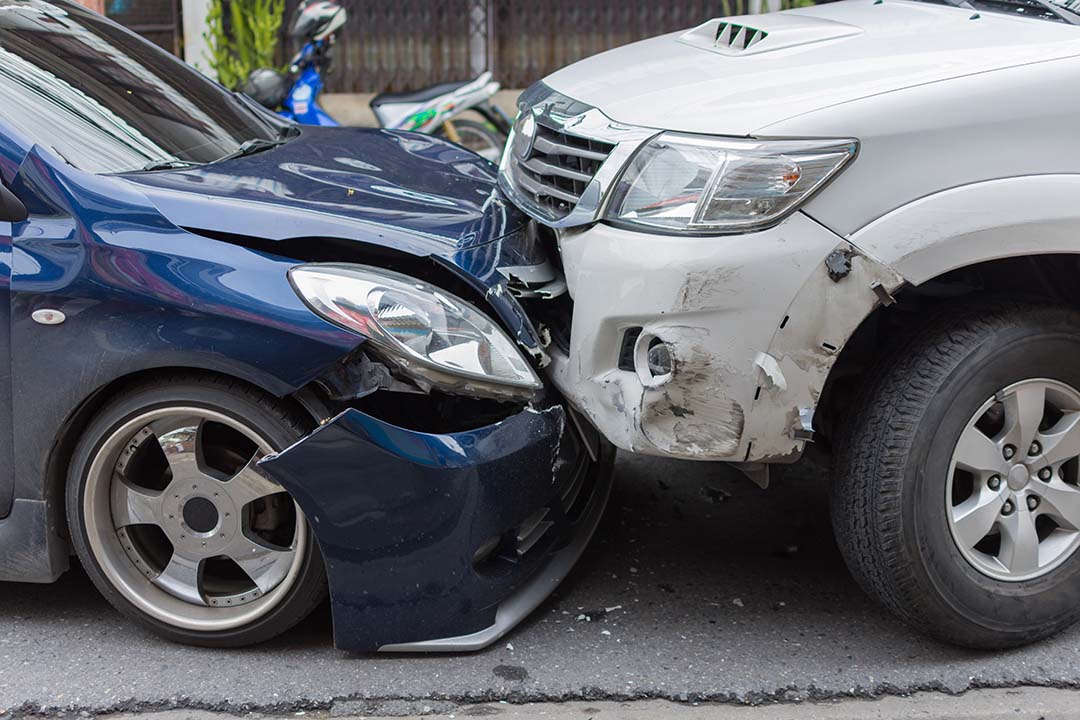
Today, there will be an average of 16,000 motor vehicle accidents in the United States. Of those 16,000, approximately 4,000 of those accidents will cause injuries and 87 will be fatal. If your employees are driving a motor vehicle for work, they could be involved in one of those accidents. If your employees aren’t prepared, they may not know what to do during what can be a very scary situation.
Benefits of Safe Driving
When employees practice safe driving, everyone benefits. The Occupational Safety and Health Administration (OSHA) reports that, “Motor vehicle crashes cost employers $60 billion annually in medical care, legal expenses, property damage, and lost productivity.” An employee who frequently has motor vehicle accidents and drives aggressively will likely end up with expensive tickets, high prices for insurance, and possibly some angry drivers who call the company to complain. Employees who practice safe driving can:
- Extend the life of vehicles
- Reduce spending on insurance and traffic tickets
- Save lives
OSHA reported on several companies that took initiative to improve their driver safety. Companies who provided driver safety training saw significant benefits, including decreased preventable accidents, increased seat belt usage, injury prevention and saved lives.
Laws and Regulations
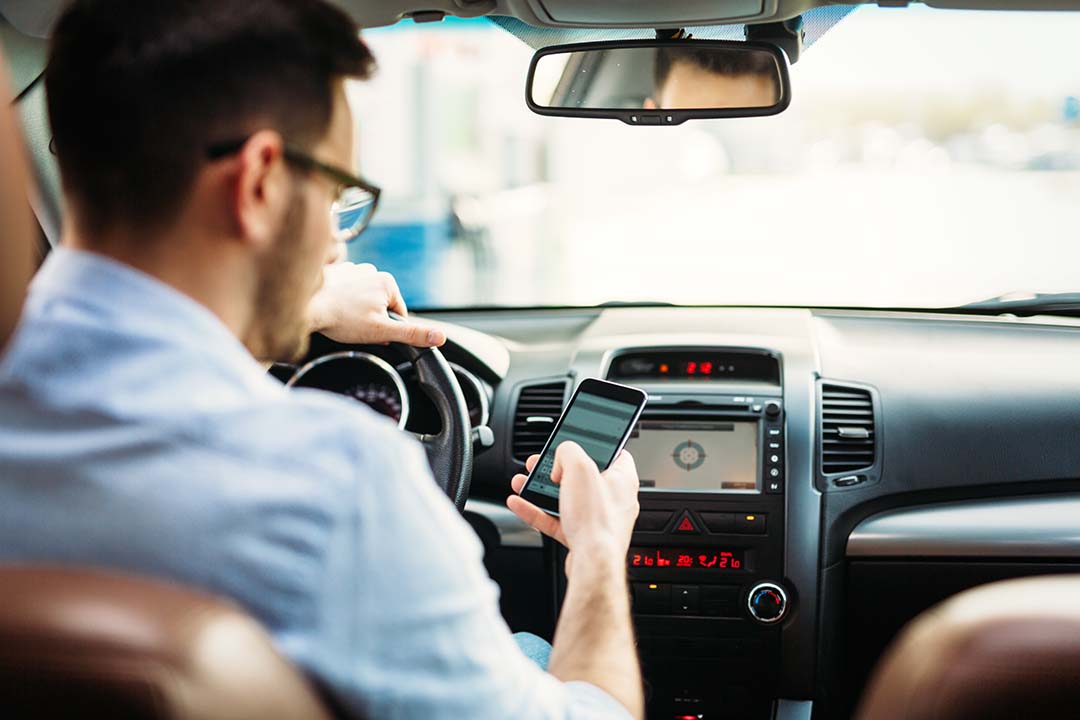
The National Highway Traffic Safety Administration (NHTSA) requires states to maintain their own highway safety programs. These programs are required to focus on reducing accidents, injuries, and fatalities from highway driving, as well as improving driver education. AAA provides a digest of motor laws on their website, found here. Even though each state creates its own driving laws, many states have similar laws and regulations, especially relating to cell phone use while driving. According to the Governor’s Highway Safety Association, “18 states, D.C., Puerto Rico, Guam, and the U.S. Virgin Islands prohibit all drivers from using hand-held cell phones while driving.” In addition, “48 states, D.C., Puerto Rico, Guam and the U.S. Virgin Islands ban text messaging for all drivers.” As an employer, it is important that you provide information on relevant state laws to your employees.
Before an Accident
Preparation for a motor vehicle accident should always start with a documented plan. If your employees are driving for work frequently, you should maintain policies that address how employees should handle an accident. Those policies will vary depending on company needs, industry standards and state laws, but some information could include:
- Accident reporting forms
- Behavior at an accident scene
- Contacting the police/employer
- Paperwork to keep in the vehicle
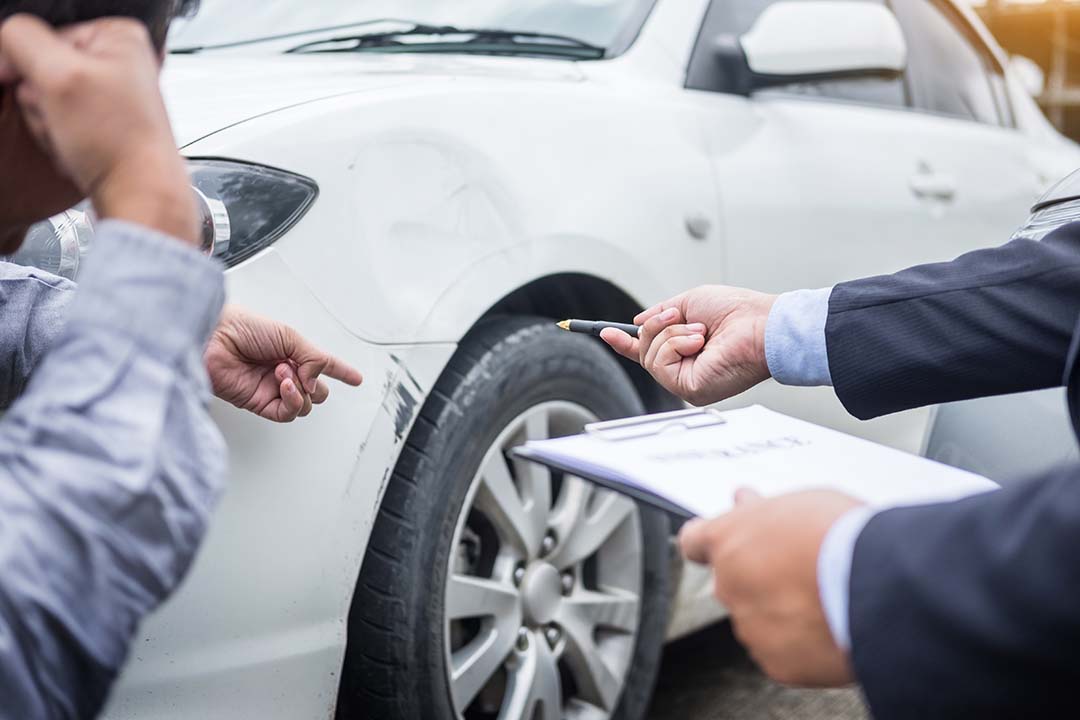
An accident reporting form provides employees with an easy method for recording details, like the location, make and model of the other car, and any damages that were caused. Most drivers will also need to keep a copy of insurance paperwork for the vehicle they are driving, as well as a personal driver’s license and any other paperwork that your company or insurance agency requires. It’s also important for employees to remain calm and follow the process. A checklist can be used to help remind employees of what they need to do, such as when they need to call the police or how to notify their employer.
Whether your employees are using their own motor vehicles or company vehicles, all should have an emergency kit with crucial supplies. Some of the suggested supplies are:
- Reflective clothing
- Warning devices, like reflective triangles or flares
- First aid supplies
- Jumper cables
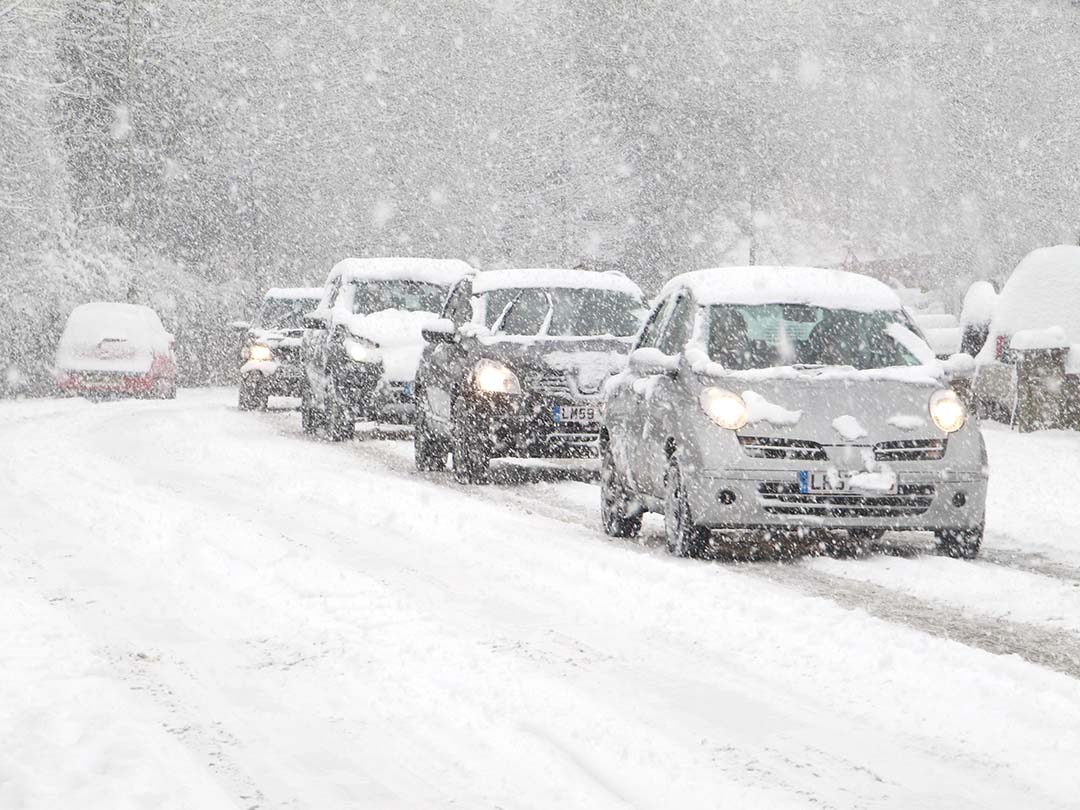
This list is not exhaustive and will likely vary by company. For example, if your employees are working in a cold climate with a lot of snow, they may keep gloves, a blanket, and a shovel in the car. If your employees work in a very warm climate, they may keep bottled water, sunscreen, and car shades. As you develop a kit for employees, consider asking for suggestions. Your employees may already know what they need.
Training
Many people do not want to even consider that an auto accident is possible, so they are unprepared panic after even a minor accident. This is why training in accident response is important. Consider the following:
- How do you want your employees to behave after an accident?
- What kind of paperwork do employees need to fill out?
- Do your employees have a basic knowledge of first aid?
By not saying if, but when, you can prepare even the most nervous employees for an accident.
Employers should consider requiring employees who drive for work to take safe driving or defensive driving courses. While these courses cannot prevent all accidents, they can educate employees on:
- Staying focused on driving
- Identifying and avoiding common driving distractions
- Being aware of other drivers and preparing for the unexpected
- Planning ahead for the drive, including any stops to rest or eat
Defensive driving courses can also help those who might be driving in difficult or dangerous conditions. For example, if your employees frequently drive in the snow, a safe driving course can show them safe ways to recover the vehicle and prevent an accident or limit the damages if the vehicle does slide.
Summary
Safe driving will benefit you and your employees, both inside and outside of work. By providing your employees with the tools, materials, and resources they need, you can help make a post-accident scene a less stressful place for your employees.
Discover more SafetySkills courses today!
TRY SAFETYSKILLS FREE FOR 14 DAYS


